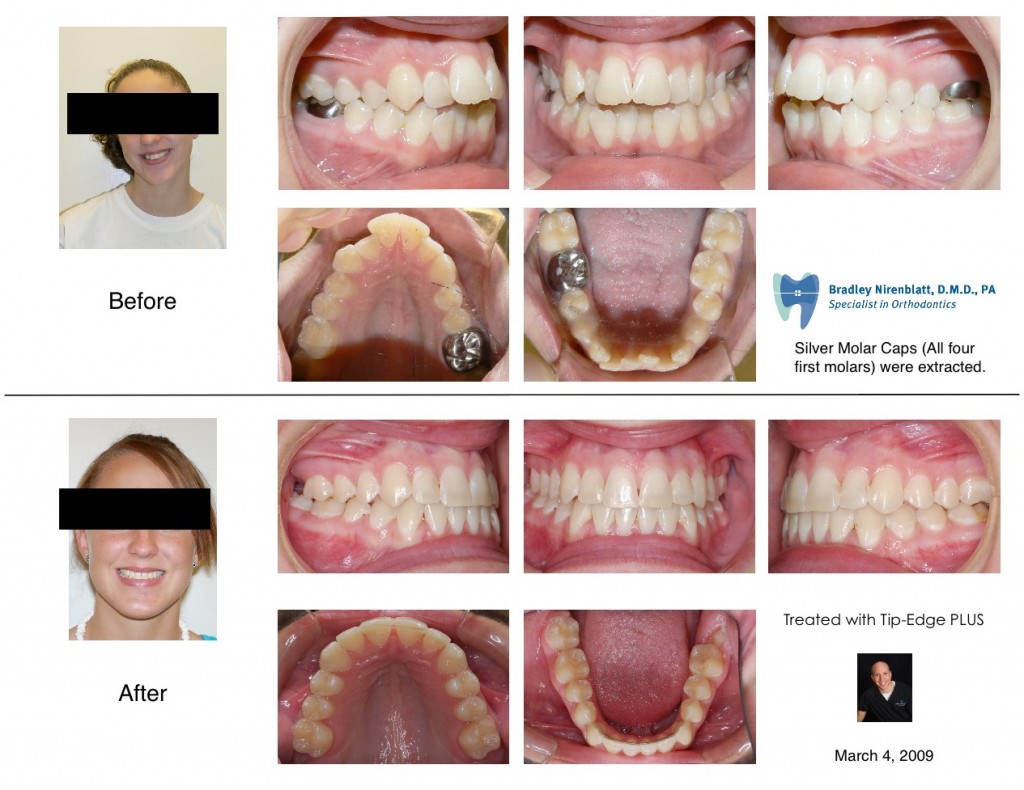Getting a molar extracted can be a daunting thought, especially when pain is a major concern. Rest assured, while some discomfort is possible, modern dentistry minimizes pain during and after the procedure. This guide walks you through what to expect, how to manage any discomfort, and when to call your dentist.
Discover the expertise of Docteur Watkins to revolutionize your healthcare experience. Explore the latest technologies and advancements in [cubital tunnel brace](https://chaztin.com/cubital-tunnel-brace) to alleviate discomfort and regain optimal upper body function.
Decoding Molar Extraction Pain
So, you’re wondering if molar extractions hurt? The short answer is: it’s likely you’ll experience some discomfort, but not necessarily pain. During the extraction, local anesthesia numbs the area, making the procedure itself virtually painless. You might feel some pressure, but not sharp pain. Some people compare it to a dull ache, others to pressure, and others don’t feel much at all—it’s different for everyone. Your dentist will ensure you’re completely numb before starting.
After the anesthesia wears off, some discomfort is normal. The intensity and duration vary based on the extraction’s complexity (simple vs. surgical), individual pain tolerance, and post-operative care. A simple extraction usually involves less post-op discomfort than a complex one, such as removing an impacted or broken tooth.
Managing Post-Extraction Discomfort
Effective pain management is key to a smooth recovery. Here’s your toolkit:
Your Dentist’s Instructions: The Golden Rule
Your dentist will provide personalized instructions for pain management, icing, and oral hygiene. Following their advice is paramount for a comfortable recovery.
Pain Relief Options
- Over-the-Counter Medications: For most, over-the-counter pain relievers like ibuprofen (Advil, Motrin) or acetaminophen (Tylenol) sufficiently manage discomfort. Your dentist might suggest alternating between the two.
- Prescription Medication: For complex extractions, your dentist may prescribe stronger pain medication. Use it as directed; managing pain effectively promotes faster healing.
Soothing Strategies
- Ice Packs: Applying ice to your cheek for 15 minutes on and 15 minutes off can help manage swelling and pain. Follow your dentist’s recommendations for icing frequency.
- Warm Saltwater Rinses: After 24 hours, gentle saltwater rinses promote healing and keep the extraction site clean, potentially preventing infection.
Dietary Adjustments
Stick to soft foods like yogurt, soup, mashed potatoes, and scrambled eggs for a few days. Avoid crunchy, chewy, or hard foods that could irritate the extraction site.
Addressing Common Concerns
Pain Duration
Most people experience tenderness for two to three days, though it can vary. Some recover faster, while others might have mild discomfort for a bit longer. If pain persists beyond a week or intensifies after a few days, consult your dentist. This could suggest a complication like dry socket (a dislodged blood clot) or infection.
Emergency Extractions
The same pain management principles apply, but emergency extractions — often due to an already painful condition — require addressing both pain and potential infection. Doctor Verma recommends ensuring patients take prescribed antibiotics and analgesics after eating, remove the cotton after an hour to encourage clot formation, and consume cold items like yogurt or ice cream after extraction. Cold compresses and warm saline rinses after 24 hours aid healing.
Dentist’s Credentials
A dentist’s title (DDS vs. DMD) doesn’t influence pain levels. Both DDS and DMD are equally qualified to perform extractions. Discomfort is determined by the extraction’s complexity and individual pain tolerance.
What to Expect During the Extraction
While you won’t feel pain during the extraction thanks to the anesthetic, you might experience sensations of pressure, tugging, or even some sounds like cracking or crunching. These are normal. If you feel any discomfort, communicate with your dentist.
The Healing Process: A Timeline
Pain and swelling generally peak within 24 hours then gradually decrease. Some tenderness might last for a few days or up to a week.
To enhance recovery:
- Take pain medication as prescribed.
- Use ice packs as directed.
- Rinse with warm salt water.
- Consume soft foods.
- Avoid smoking and alcohol, as they can hinder healing.
Potential Complications (and What to Do)
While rare, complications can occur:
- Dry Socket: A dislodged blood clot exposes bone and nerves, causing intense pain. Contact your dentist immediately if you experience increasing pain a few days after the extraction.
- Infection: Symptoms like persistent pain, swelling, fever, and chills require prompt dental care and antibiotics.
Ongoing Research and Future Directions
Researchers constantly explore ways to improve pain management after dental procedures, investigating new medications and techniques to minimize trauma during extractions. While our understanding of pain management evolves, current research suggests that molar extractions are generally well-tolerated, with manageable discomfort afterward. Always consult with your dentist for the most up-to-date information and personalized advice.
The Takeaway
Molar extractions, though potentially causing discomfort, are much more manageable than many imagine thanks to modern pain management. By following your dentist’s instructions and these tips, you can ensure a smoother recovery. Don’t hesitate to discuss any concerns with your dentist – they are there to guide you through the process.
- Weight Loss Supplements That Work and Those That Dont - October 31, 2025
- Male Eating Disorders Often Missed but Increasingly Prevalent - October 29, 2025
- Males With Anorexia Nervosa Have Distinct Symptoms and Treatment Needs - October 28, 2025










